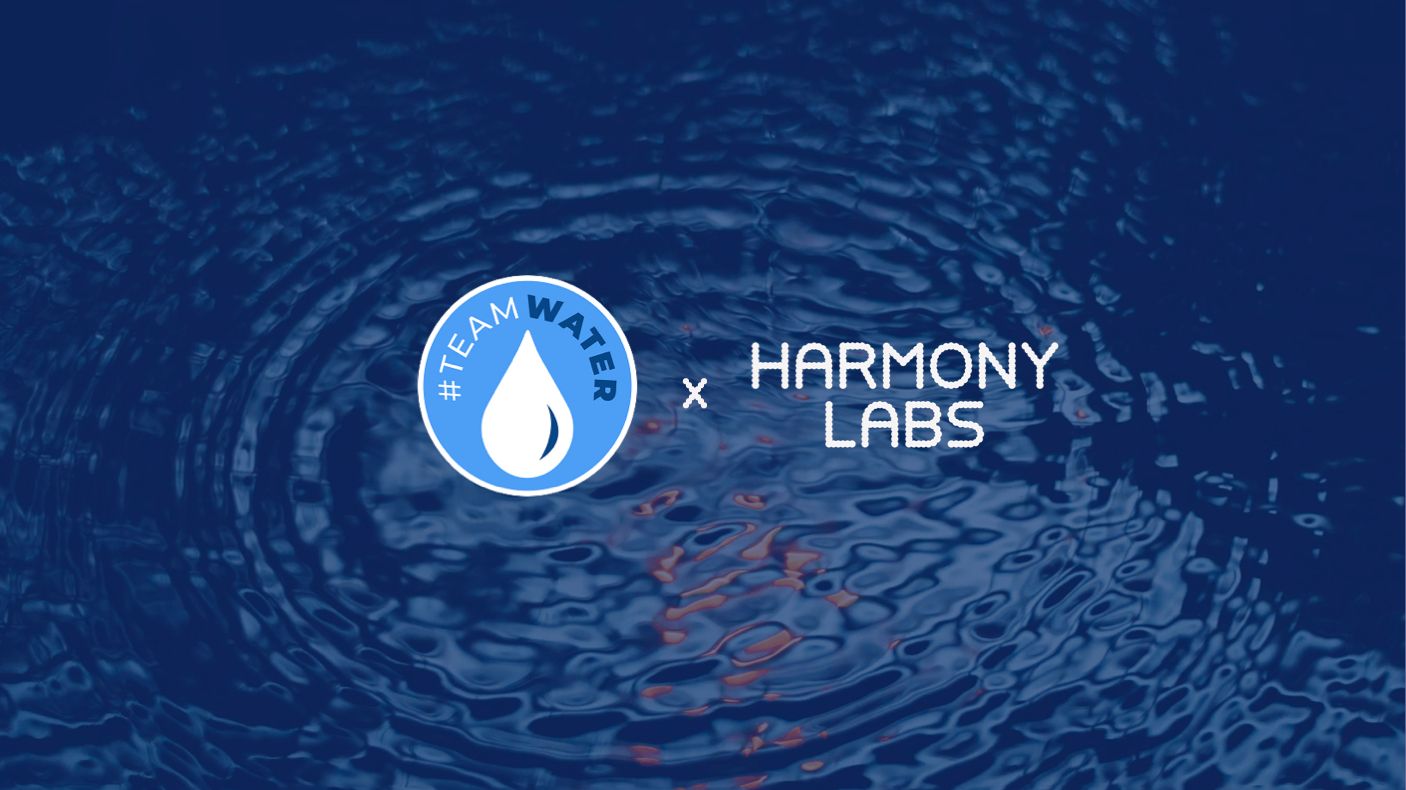Four Principles For Building Power in Media


2025-03-19
Harmony Labs is a media research lab fueled by curiosity about people and the stories they use to make sense of the world. Since our inception, we have used the content people consume, create, and share to understand how they see themselves, their communities, and the world.
Building on this mission, we have developed a groundbreaking research tool that transcends the limitations of conventional tracking surveys. While existing methods capture audiences’ current attitudes and opinions, our Deep Story Survey System integrates survey data with media consumption analysis to reveal the underlying stories that represent people’s most closely held beliefs—stories often hidden from view and always in motion—allowing us to understand not just what audiences think, but how they make meaning through the stories they consume.
This new tool expands the capabilities of our Narrative Observatory data platform which combines raw media consumption data and media content data, then uses survey data to help construct and supplement our understanding of people’s media behavior overall.
An individual’s deep story is a durable representation of who they are as the protagonist in their own stories, what happens to them, who helps and opposes them, and how their world and their self can be transformed. A story is not a static framework, model, or belief. It is not even a causal belief. A story is made of events and is inherently in motion. Stories make meaning of our perceptions by telling us which parts of the world, which characters, and which events are important.
The problem is that most existing tracking surveys are not equipped to capture these types of stories. Instead, they excel at measuring attitudes and opinions, and they are usually designed to tell us something we want to know about how people might behave: do they like a product, trust a messenger, or want to vote for a candidate.
Our new Deep Story Survey System intends to solve for this by capturing not just what audiences say they want, but what motivates their choices. This requires a different way of thinking about measurement: both of what we measure and how we measure it. Ultimately, by understanding the stories that structure how people perceive reality, we can grasp not just what’s happening now, but what’s emerging, what’s important, and where we can go from here.
We have built the survey system to dovetail with our media analysis, align with partners’ key strategic measures, and capture deep stories. The three goals that guided our design are:
In our first wave, we are digging in on how values relate to the topics of two of our big projects this year: an investigation of narratives about health equity supported by the Robert Wood Johnson Foundation and an exploration of how to shift narratives about economic mobility supported by the Gates Foundation.
The primary themes of this wave are how people narrate their financial journeys and the stories they hold about race and flourishing. This will include gathering information about where they started, how things have changed, and where they are now. We’re less interested in whether someone supports a particular policy than in understanding the stories they tell themselves about how economic mobility or systemic equality works, who deserves what, and how their personal experiences fit into broader social patterns.
We’ll pair those stories with values and with attitudes, beliefs, and other constructs relevant to both poverty and race to try to understand how our own experiences connect to our reasoning about how America got where it is, and how we should move forward.
It is challenging to craft questions that truly capture story rather than belief. It requires a different kind of listening and analysis, one that resists the urge to write questions based on researchers’ assumptions or to immediately categorize responses into pre-existing frameworks.
We have already tested more than 250 candidate questions for Wave 1 of the Deep Story Survey System in more than two dozen pretest surveys. These surveys are always on; we run several every week, and we’re looking not for whether things are changing but for what’s coming up for people. Recent questions include “If you could name the part of your financial journey that you’re in now, what would you call it?,” “What’s something you dream of paying for but currently feels beyond your reach?,” and “In a few words, complete this sentence. Most poor people are poor because:”.
We’re looking for patterns we hadn’t imagined and that don’t appear in typical question batteries, and when we find them, we turn them into survey questions with good psychometric properties like good scale usage and convergent and divergent validity. Here’s one example that we crafted and tested after hearing from people about the major transformations they perceived in their financial lives over time:
Which of these best describes your financial journey?
The first substantive insights from our initial survey wave will be available in April. Follow this space for updates.
We’re sharing this work now because we believe there’s value in transparency about methodology and because we’re interested in dialogue with others working in this space. If you’re interested in understanding how narrative shapes perception and behavior, or if you have thoughts about this deep story approach, we’d welcome the conversation.



